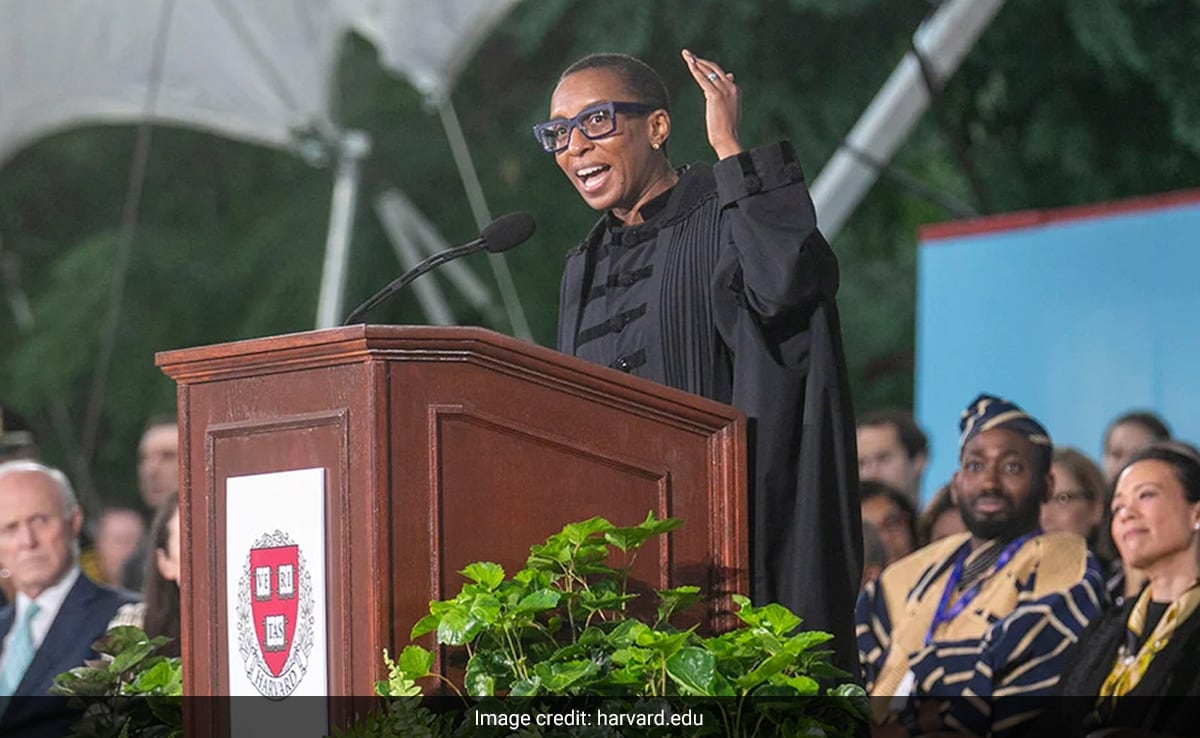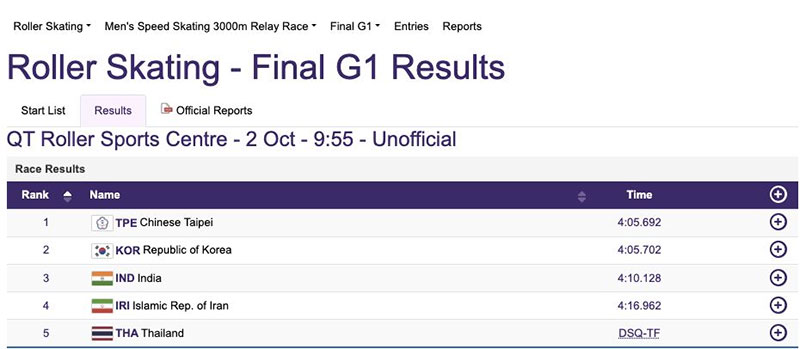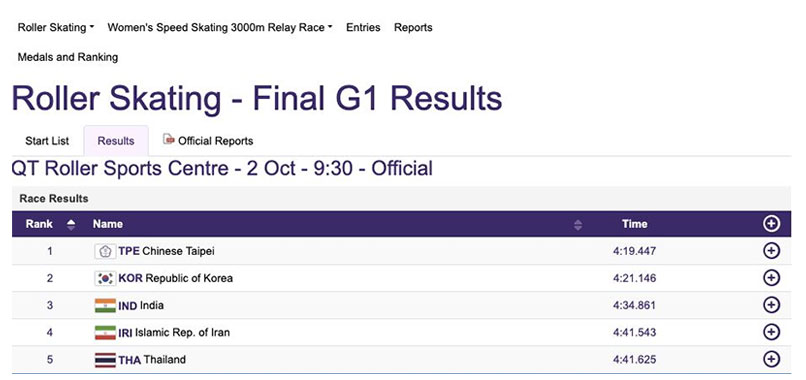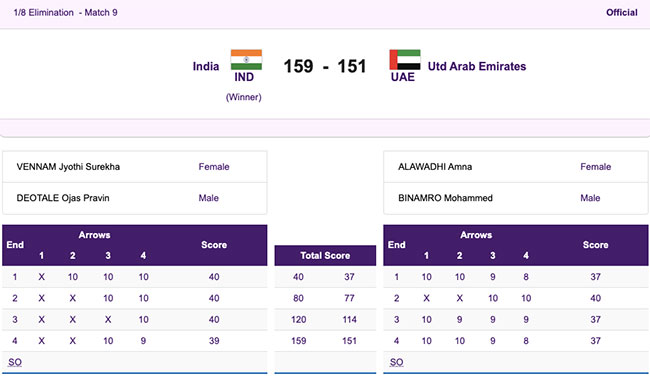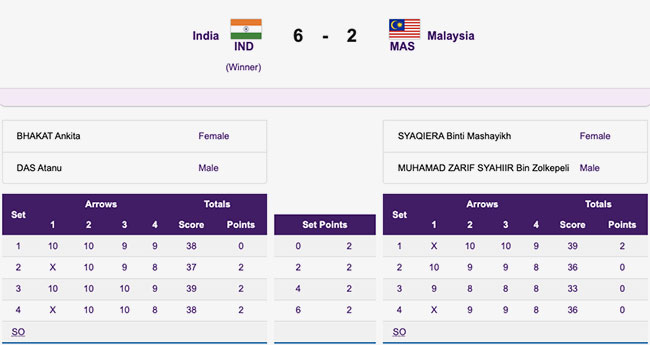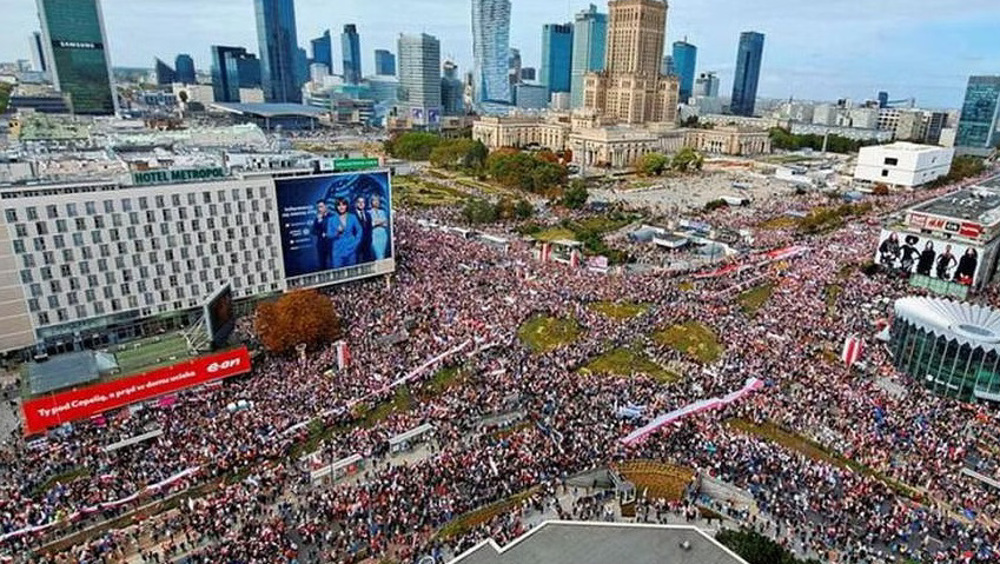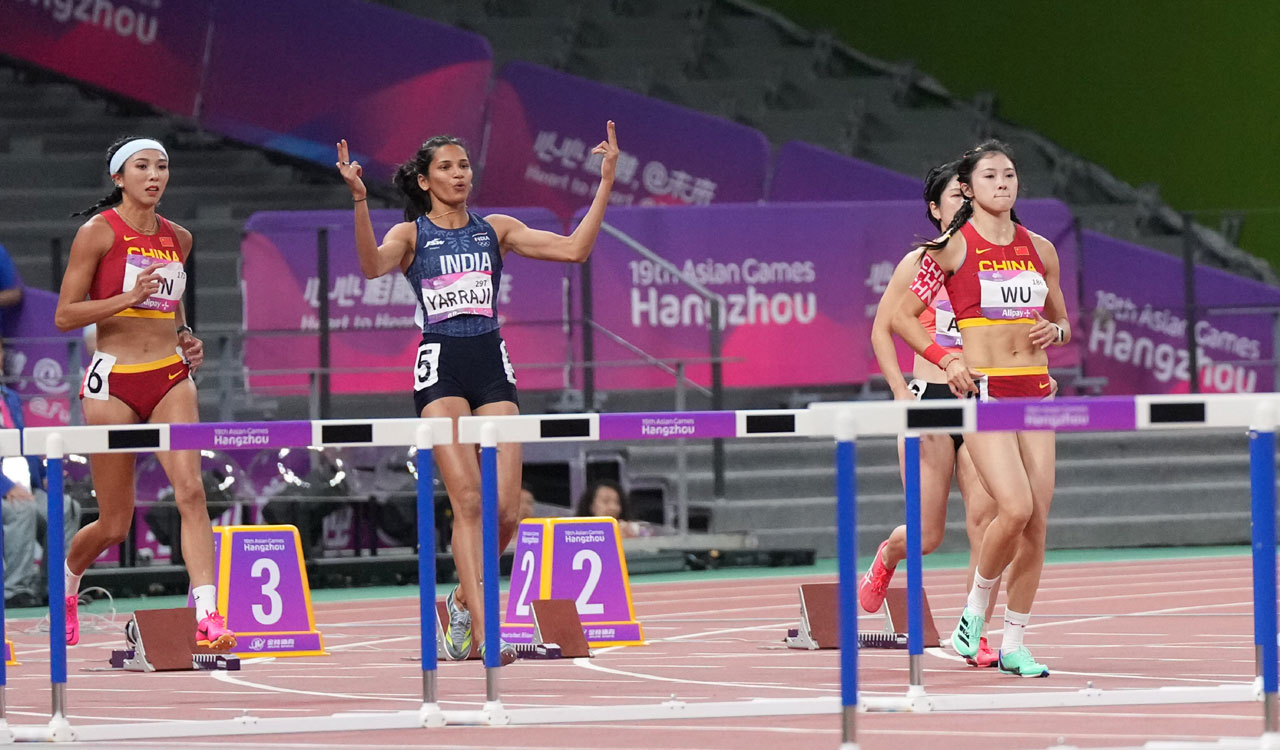The Peace Prize will be announced in Oslo on October 6.
Stockholm:
This week’s Nobel Prize announcements will celebrate a string of groundbreaking achievements, but with conflicts raging around the globe, experts solicited about possible Peace Prize winners are scratching their heads.
The Peace Prize will be announced in Oslo on October 6, the highlight of the week of announcements running from October 2-9.
With the war in Ukraine well into its second year, tensions flaring between superpowers and a slew of African coups in recent years, the global state of affairs is decidedly bleak, say experts.
In a reflection of the frictions, the Russian ambassador’s invitation to the Nobel prize banquet in Stockholm in December was recently rescinded following angry protests.
“In many ways it would be appropriate for the committee not to hand out any prize this year,” Swedish professor of international affairs Peter Wallensteen told AFP.
“It would be a good way of marking the seriousness of the world situation.”
The last time that happened was a half-century ago, in 1972 amid the Vietnam War.
To find no laudable candidate would these days be considered a failure.
“It’s very hard to think that this could be the result,” the secretary of the Norwegian Nobel Committee Olav Njolstad told AFP, “but I will not say it’s impossible.”
“The world really needs something that may point in a good direction. There is every need for the Nobel Peace Prize to be awarded even this year.”
The list of nominations is secret, but 351 individuals or organisations are known to be on it.
Iranian women, Ukraine or climate?
So who could get the nod?
Some Nobel watchers have pointed to the Iranian women protesting since the death in custody a year ago of Mahsa Amini, arrested for allegedly violating Iran’s strict dress code imposed on women.
Activists Masih Alinejad and Narges Mohammadi or the Alliance for Democracy and Freedom in Iran are seen as potential laureates in such case.
Other possibilities are organisations documenting war crimes in Ukraine, or the International Criminal Court, which could one day be called upon to judge them.
Climate activists have also been mentioned, after the hottest summer on record and a year of extreme weather threatening mankind.
“I think that climate change is a really good focus for the Peace Prize this year,” Dan Smith, the head of the Stockholm International Peace Research Institute, told AFP.
He singled out the Fridays for Future movement started by Swedish activist Greta Thunberg, and Brazilian tribal chief Raoni Metuktire, who campaigns against deforestation and for indigenous rights.
Last year, the prize was shared by Russian human rights group Memorial, Ukraine’s Center for Civil Liberties and jailed Belarusian rights advocate Ales Bialiatski, all three representing the nations at the centre of the war in Ukraine which they oppose.
The Swedish Academy, meanwhile, is to announce its pick for the Literature Prize in Stockholm on October 5.
Among the names making the rounds in literary circles are Russian author and outspoken Putin critic Lyudmila Ulitskaya, Chinese avant-garde writer Can Xue, British author Salman Rushdie, Caribbean-American writer Jamaica Kincaid and Norwegian playwright Jon Fosse.
‘Reflect the times’
The Swedish Academy has often put the spotlight on little-known authors, though last year it went to French feminist icon Annie Ernaux.
She was just the 17th woman to win since the prize was first handed out in 1901.
The Academy has undergone major reforms since a devastating #MeToo scandal in 2018, vowing a more global and gender-equal literature prize.
“In recent years, there is more awareness that you can’t remain in a eurocentric perspective, there has to be more equality and the prize has to reflect the times,” Stockholm University literature professor Carin Franzen told AFP.
Since the scandal, it has honoured three women — Ernaux, US poet Louise Gluck and Poland’s Olga Tokarczuk — and two men — Austrian author Peter Handke and Tanzanian writer Abdulrazak Gurnah.
The Medicine Prize opens the Nobel season on Monday, with research into cancer-fighting T-cell therapy, the human microbiome and narcolepsy making buzz.
The Physics Prize will follow on Tuesday and Chemistry on Wednesday.
The Economics Prize — the only Nobel not created in Swedish inventor Alfred Nobel’s 1895 will — wraps up the announcements on October 9.
Criticism over the lack of gender and geographical diversity has also plagued the science prizes, something the award committees insist they are addressing.
(Except for the headline, this story has not been edited by NDTV staff and is published from a syndicated feed.)


